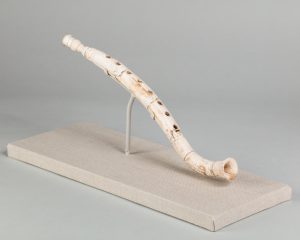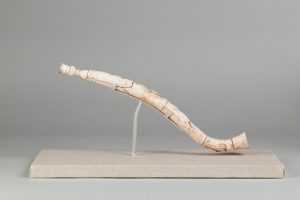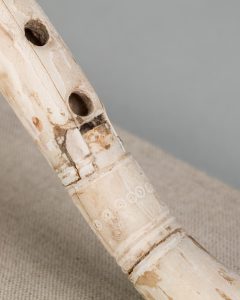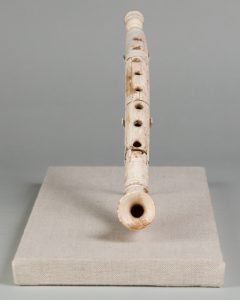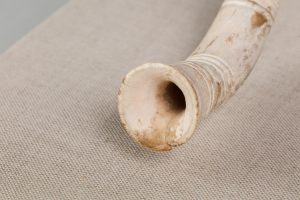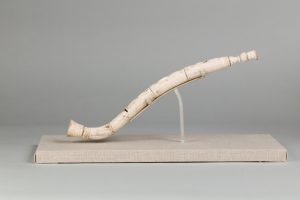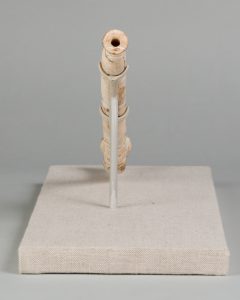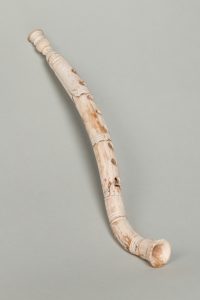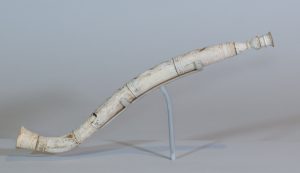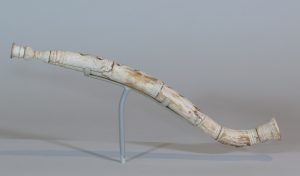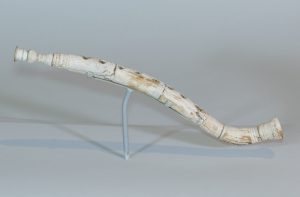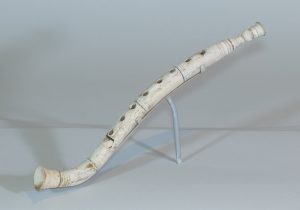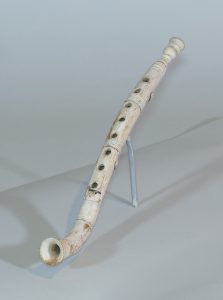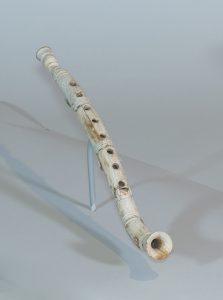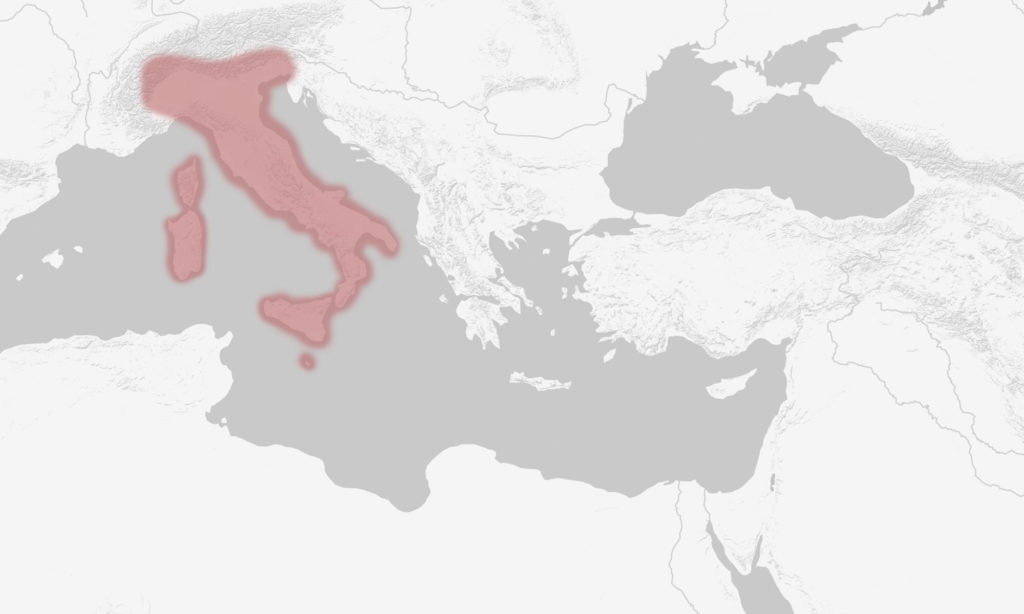
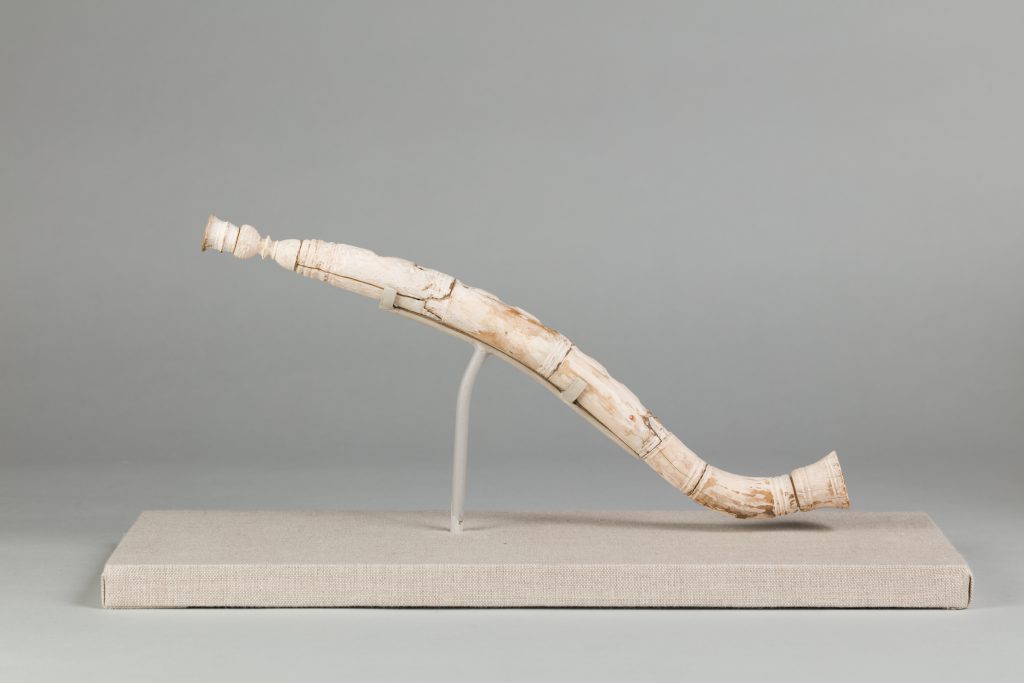
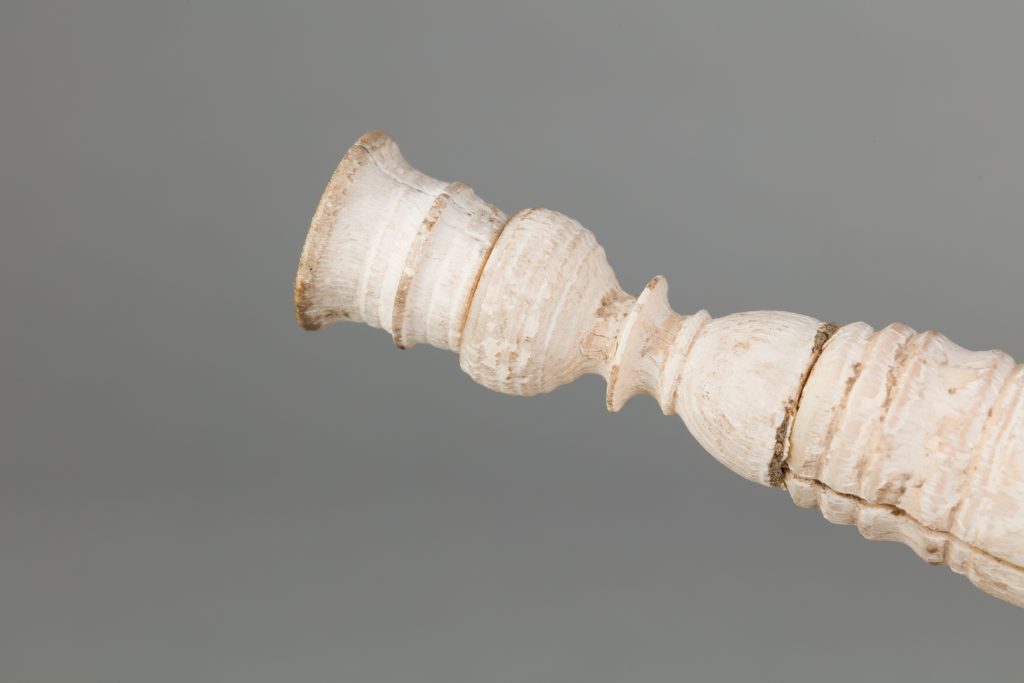
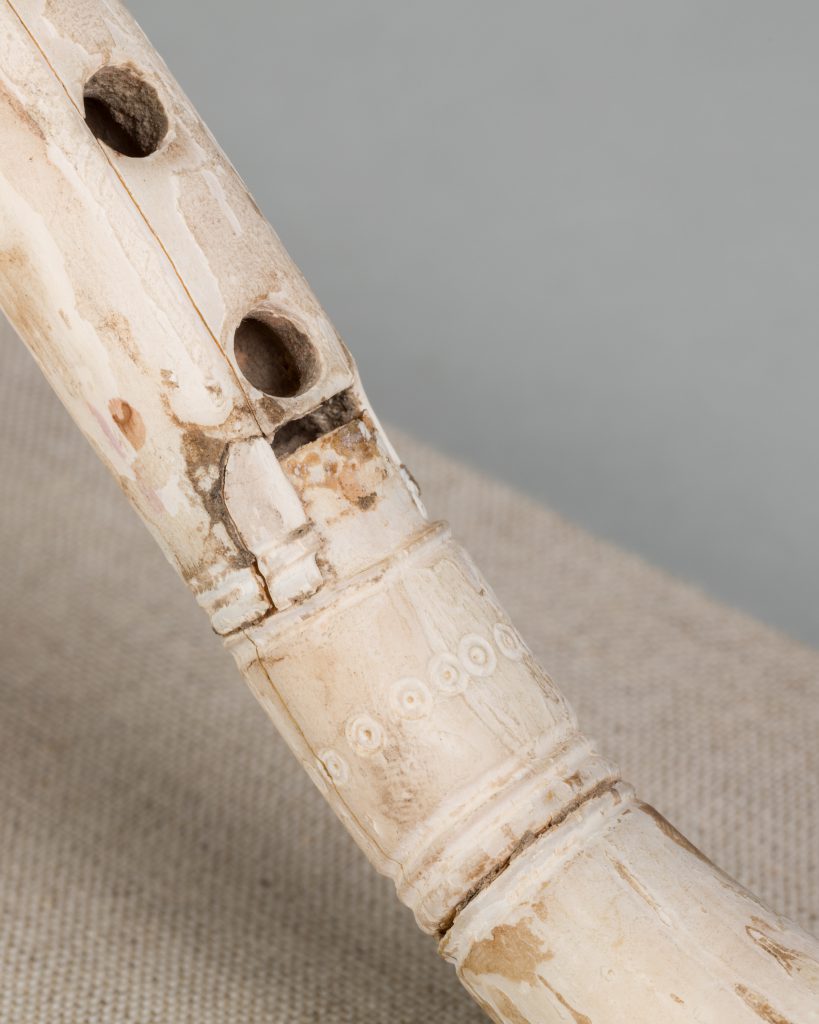
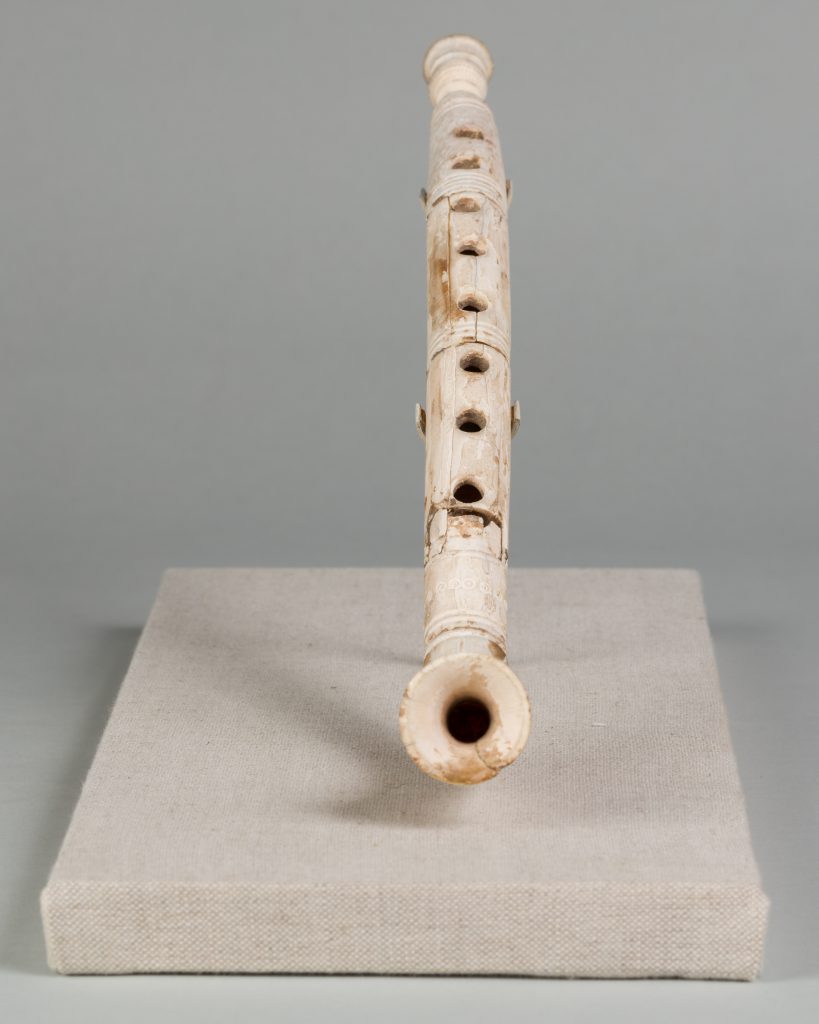


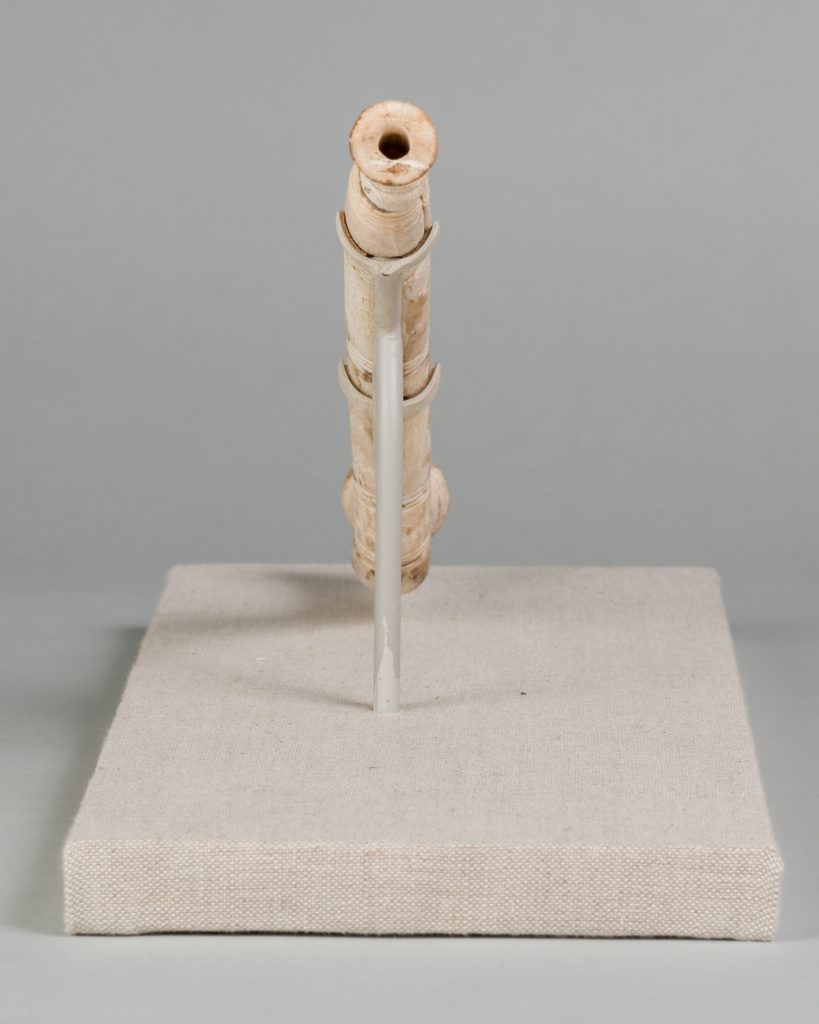

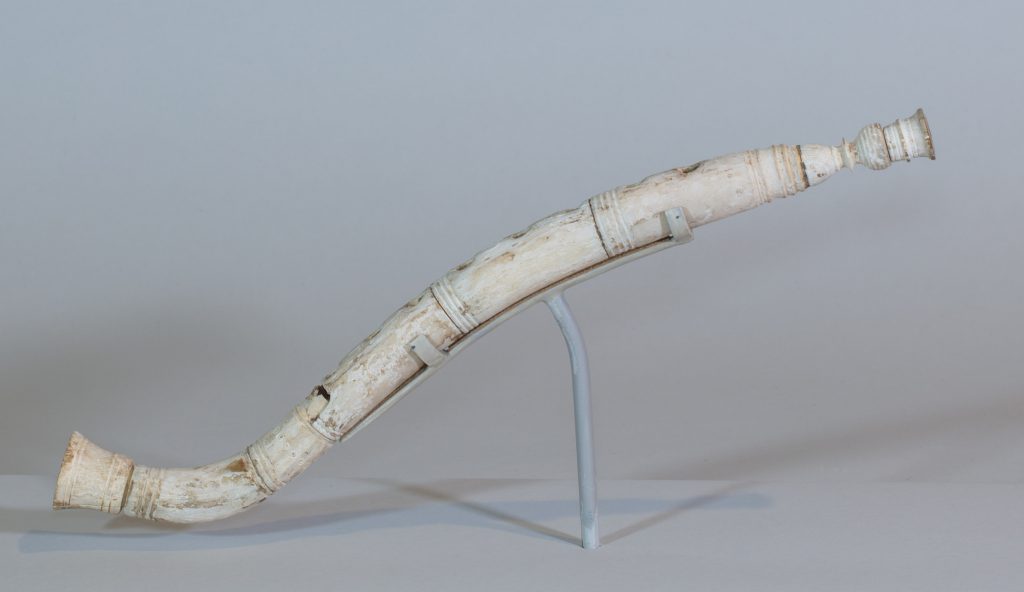
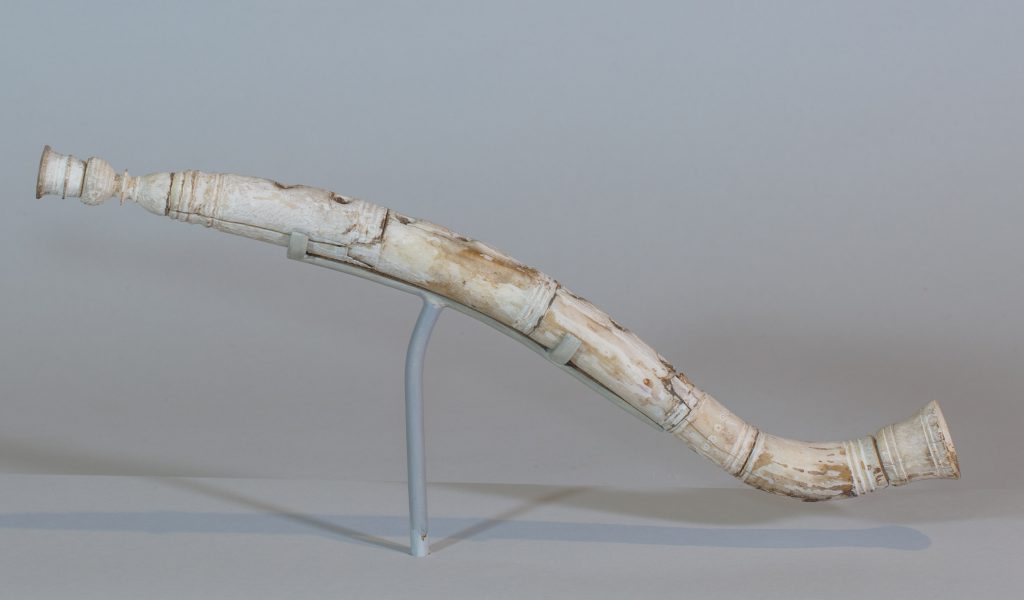

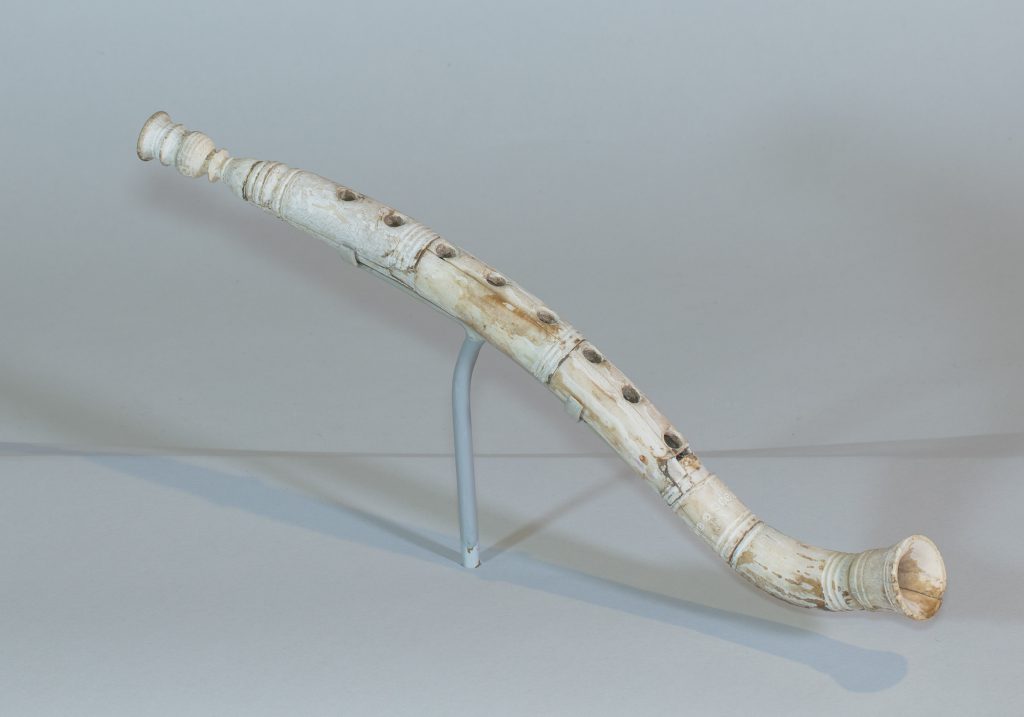
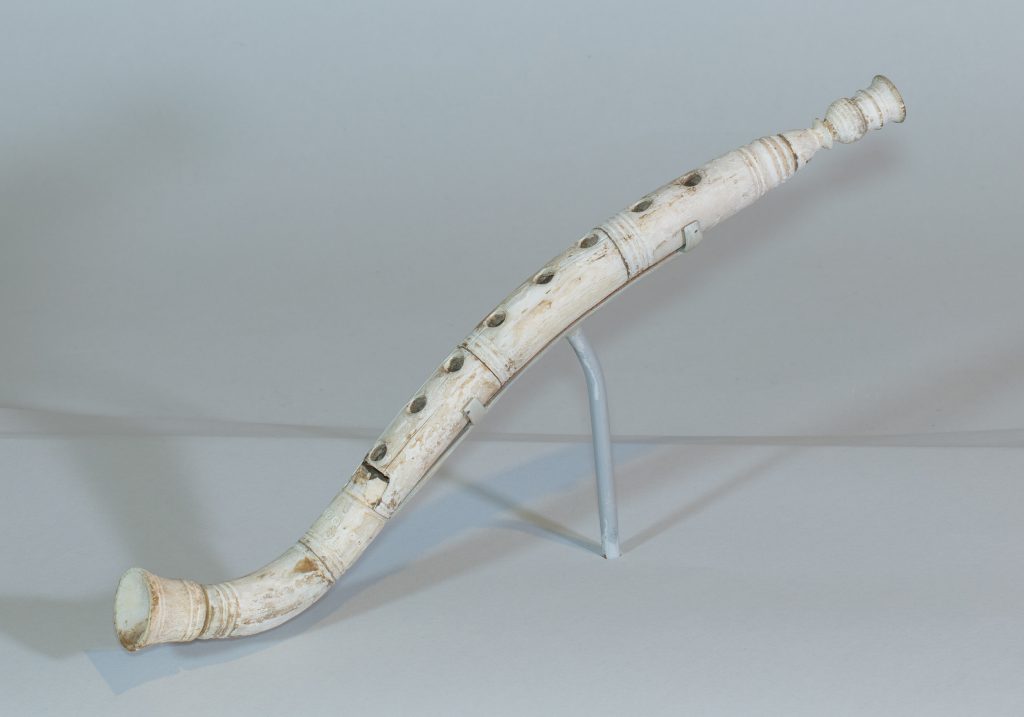
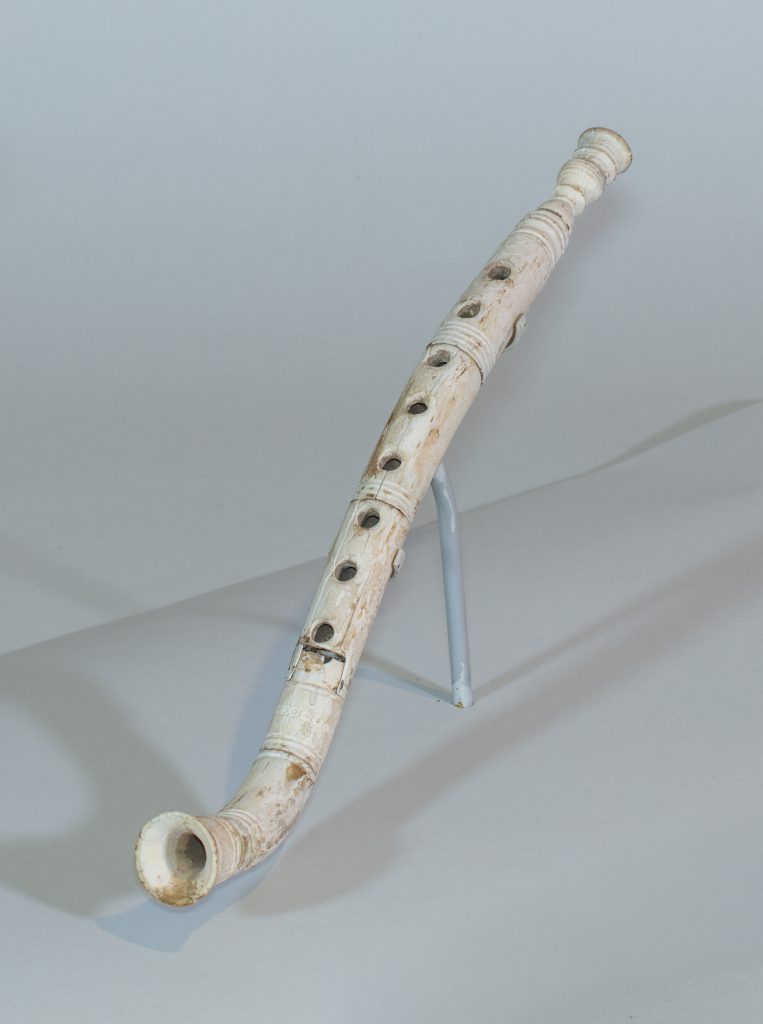

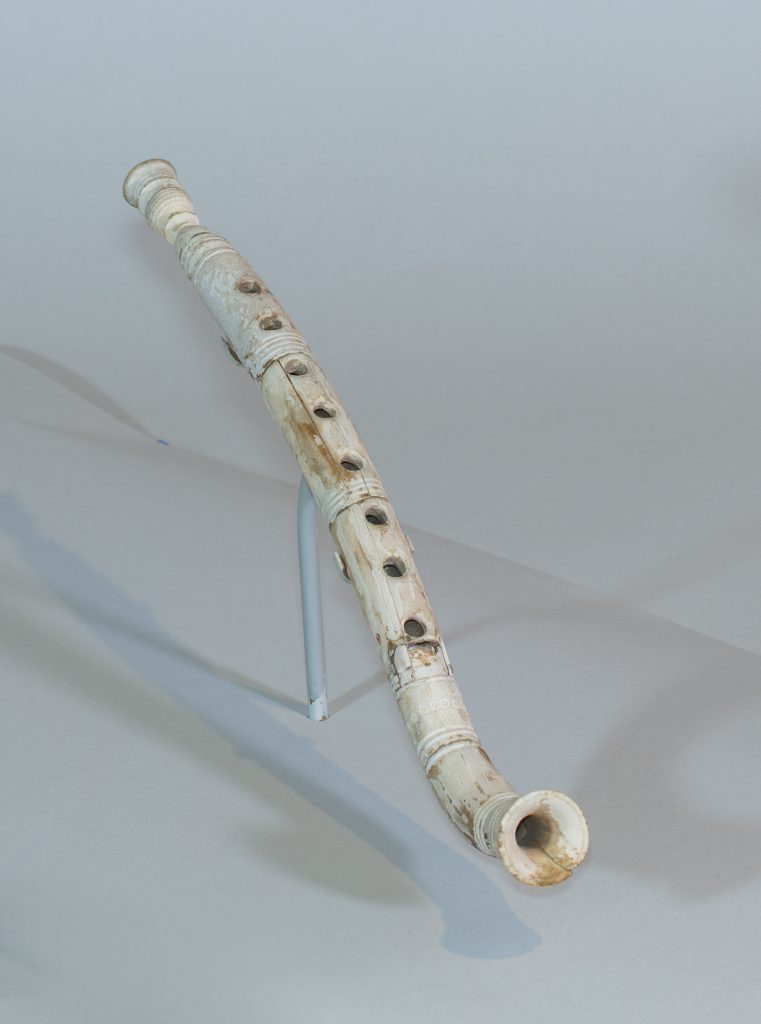
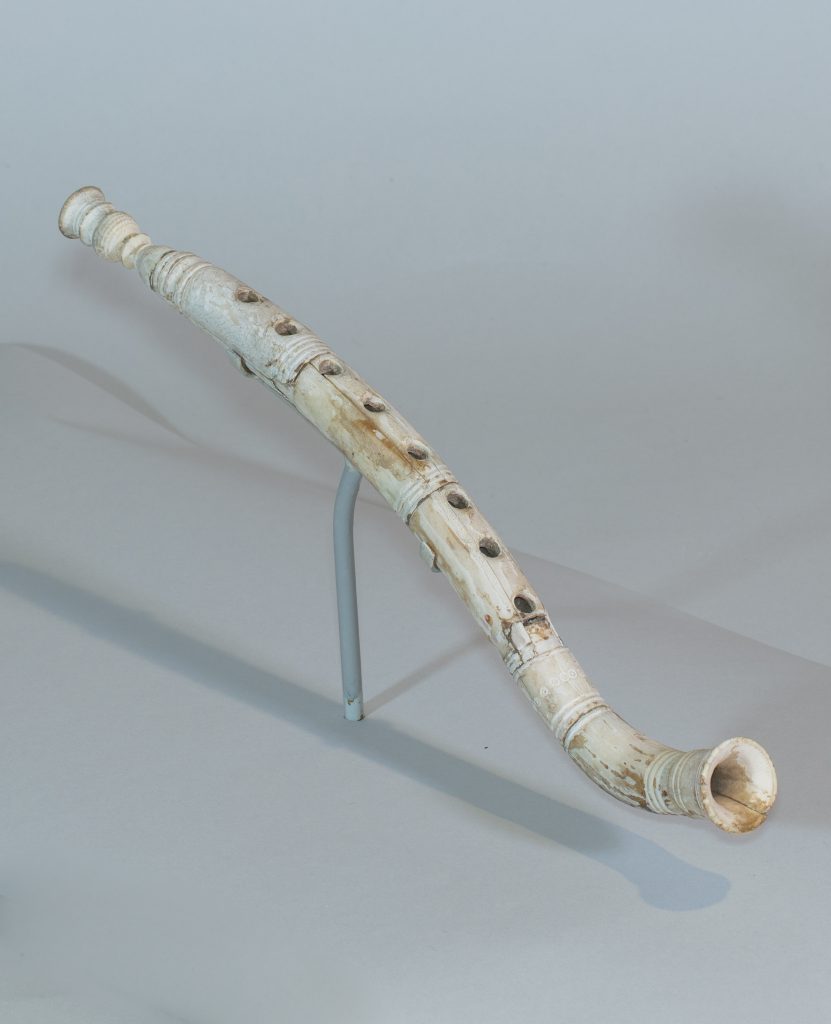
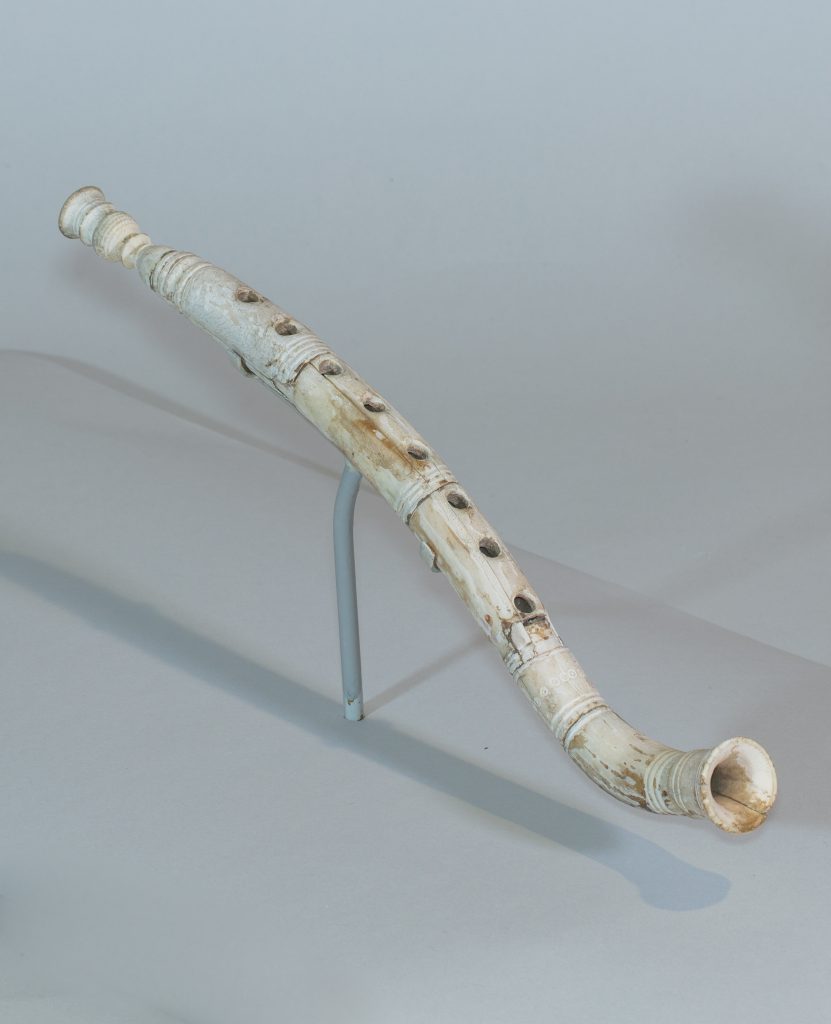

Gift of Edward Perry Warren, Esq., Honorary Degree 1926
1928.2This flute is one of the more immediately recognizable objects from antiquity, its form resembling the modern oboe and recorder. This aulos, carved of precious ivory, belongs to a category of luxury items, whereas most auloi were carved reed. Donated by Edward Perry Warren, this flute fits within Warren’s interest in the leisure culture of antiquity.
The ancient Mediterranean world was filled with music produced by a variety of instruments including harps, cymbals, and, of course, flutes. Music and sung poetry were important forms of entertainment during the Greek symposium. Orchestras and performers were essential for theatrical productions and pantomime as well as spectacles in amphitheaters. In fact, music was such an important auditory component to these pastimes that the architecture of theatres and amphitheaters was designed to optimize acoustics.
As an artifact, this object encourages connections to be drawn among Warren’s many donations that depict flute players. Three such examples are the Bowdoin Painter lekythos (oil flask) and the Pan painter amphora (wine vessel). These objects illustrate musicians playing a flute that has two pipes, and this specific Phrygian aulos form could have been similarly constructed.
Collector
A testament to his impact as an influential twentieth-century American antiquities collector, Edward Perry Warren’s (1860–1928, H ’26) name is linked to hundreds of ancient objects housed in institutions across the United States, including more than five hundred works at the Bowdoin College Museum of Art alone.
